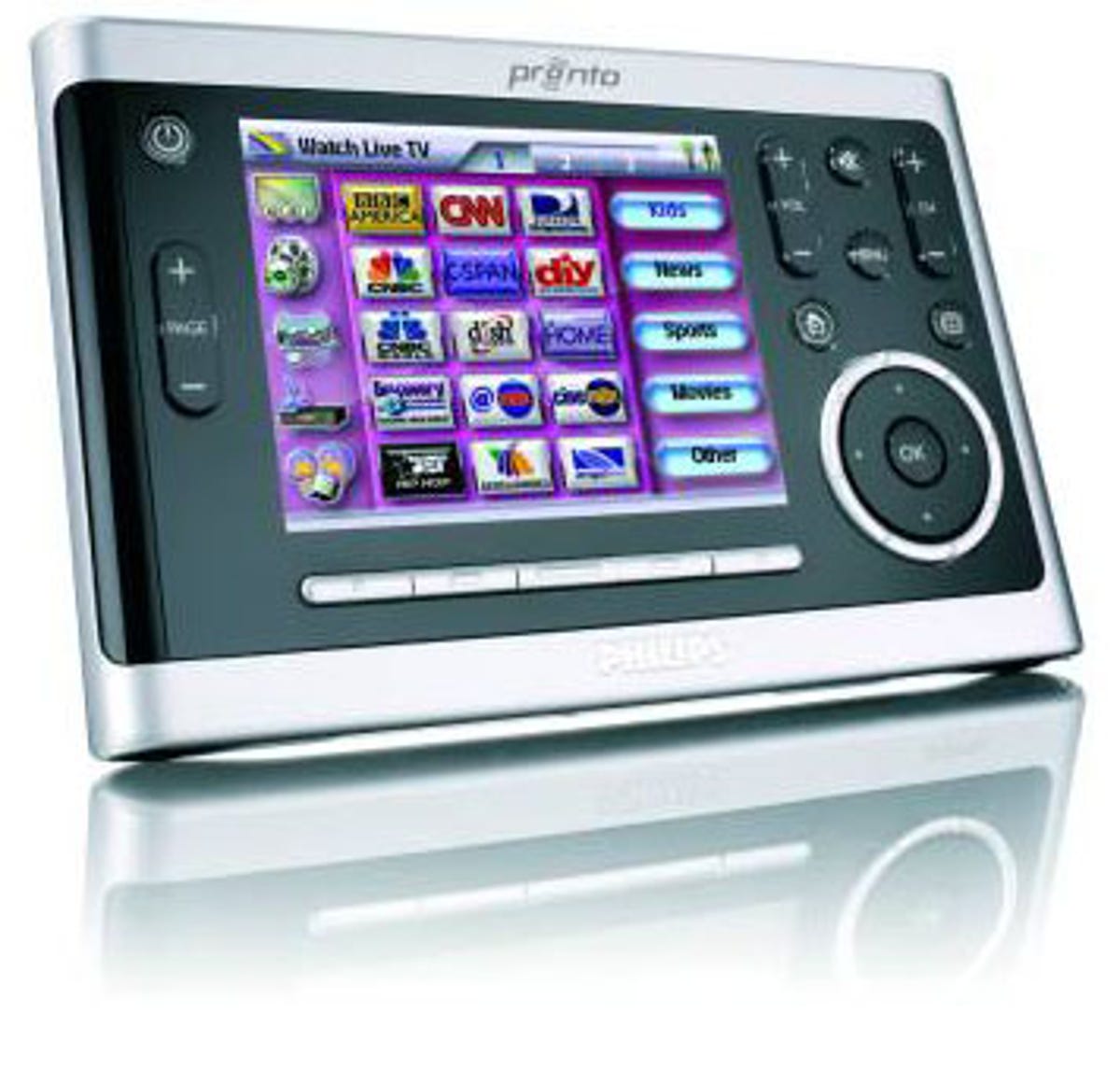
Philips is pleased with itself. It’s been ten years since it displayed the first prototype 42-inch gas plasma TV, which was just 100mm thick so could be “hung on the wall like a painting”. At last, say our Dutch friends, the TV has been liberated from the corner of the room.
Reality was never Philips’ strong point. It seems to have missed the point that flat TVs — although successful — are still being snuggled away in the corner of the room. A TV is nothing like a painting: paintings don’t move, they increase in value the older they get, and they don’t stop working two years after you buy them. Once you’ve hung your plasma TV on the wall and watched it for ten minutes, it’s worth a hundred quid less, you’ve got neck ache and the wallpaper behind has started to peel from the heat. Then there’s the cabling — it’s always missing in publicity shots, but is liable to hang across your living room like the lighting at a Marrakesh souk.
That’s not the only evidence that Philips is stuck off-planet. How else do you explain the Philips Pronto Professional TSU-9600 (pictured)? This is a reasonable stab at a tiny handheld techno-toy — it has a 69mm (2.7-inch) VGA-resolution screen, infrared and Wi-Fi capabilities, speech capabilities and a programmable interface with wizard support, all at an expected cost north of £1,000. What’s that you say, Skippy? Quite expensive for a tablet PC? That may be, but the Pronto Professional 9600 isn’t even a tablet PC — it’s a remote control. Admittedly, it can learn to be the remote control for everything in your over-equipped digital sensorium, but then so can my UET609, which costs 99p at my local Poundsavers.
We won’t try to work out why Philips thinks a TV is like a painting, mains cables don’t exist and remote controls should have a high-res colour screen. We’ve been to the Netherlands, ’nuff said. There is hope for the company, though: it’s also been showing off the badly named but eminently desirable Readius, which is an e-book reader with a high-resolution, flexible, flat screen that rolls up into the mobile-phone-sized case. That’s proper science fiction — we’ve been dreaming for years of pocketable technology that expands to work like a fully featured laptop. As soon as the company works out reliability, product lifetime and robustness, we’ll be in the queue. Meanwhile, the TV stays on the carpet and the Vermeer stays on the wall. We’re crazy that way. -Rupert Goodwins




